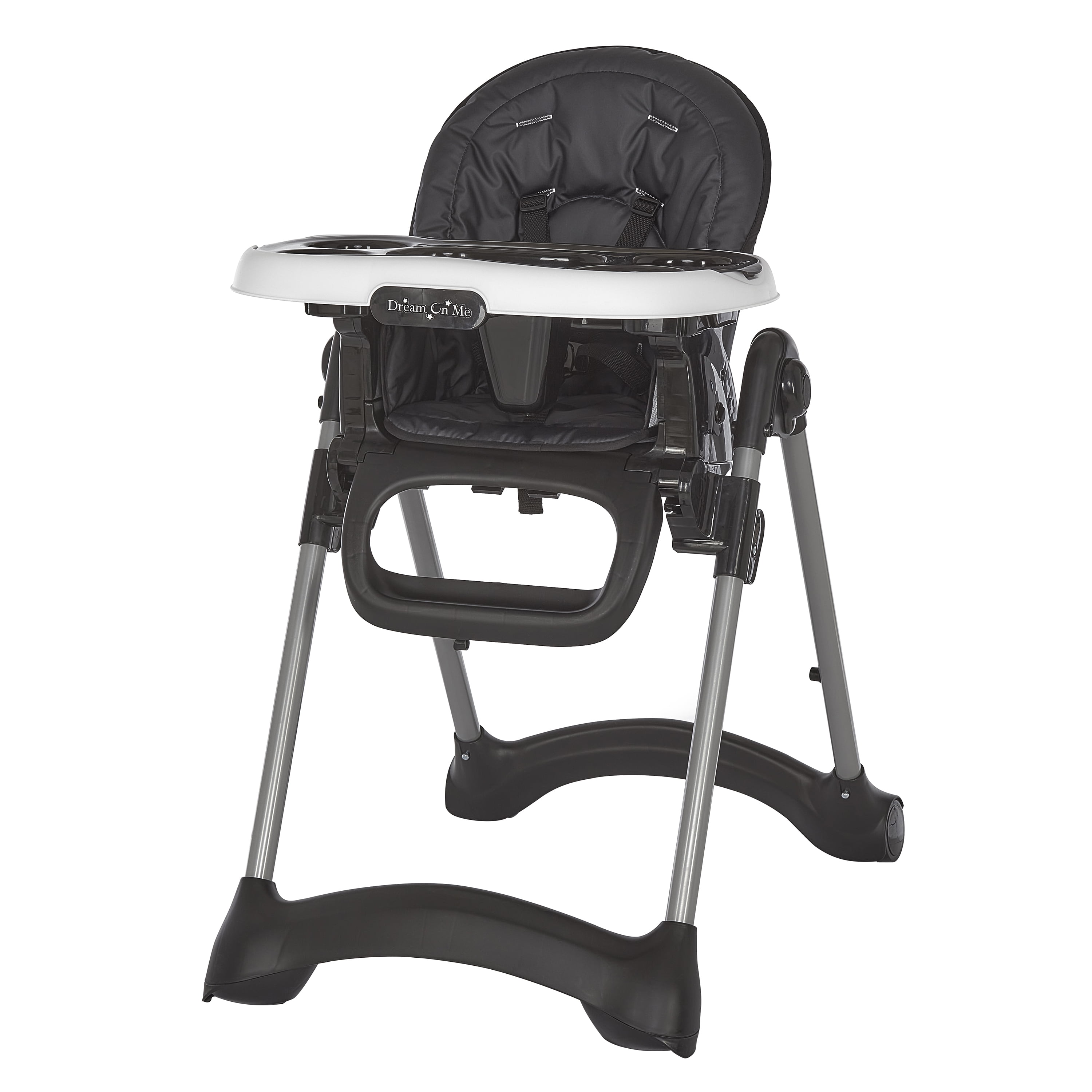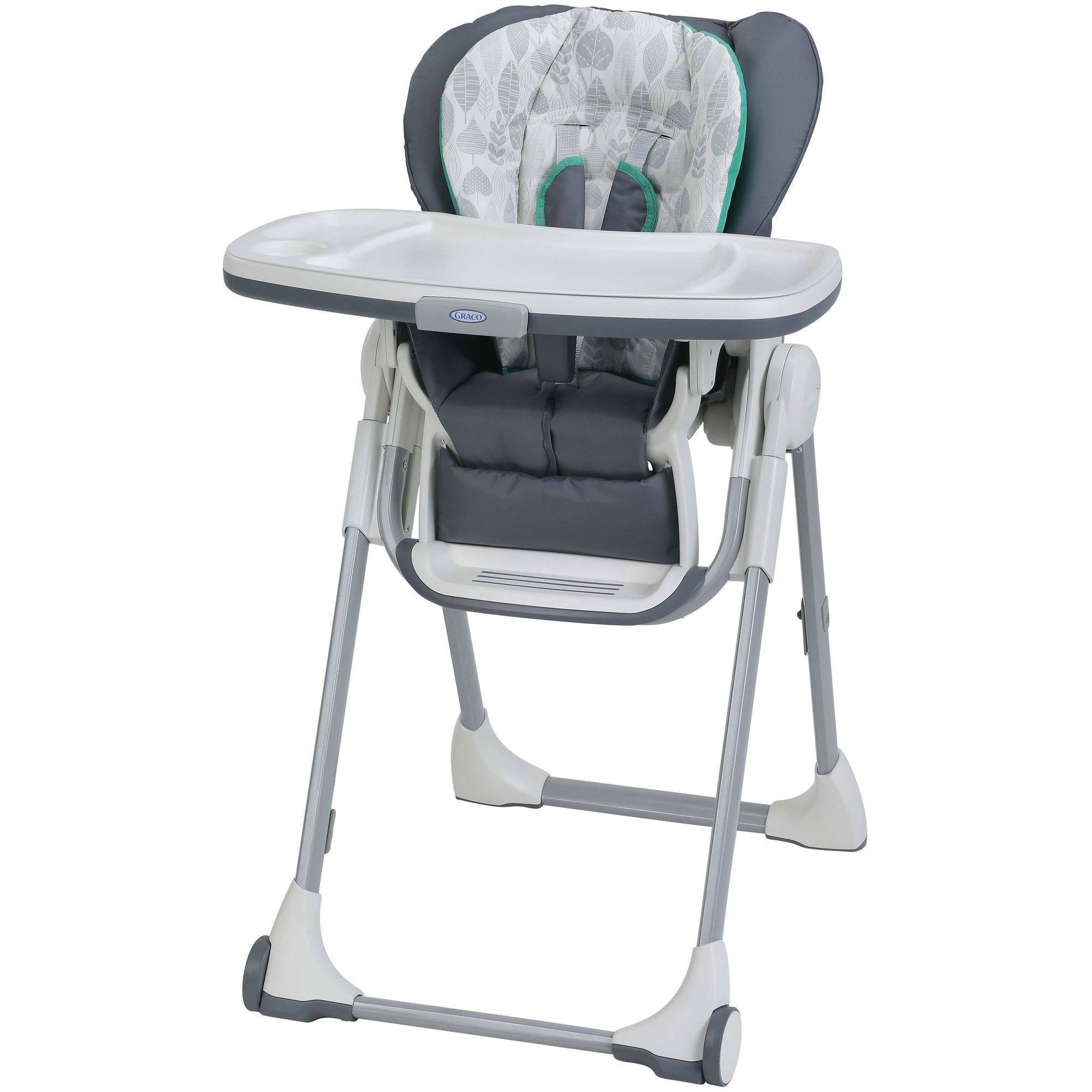Safety and Features of Toddler Dining Chairs: Toddler Chair For Dining Table
Choosing the right dining chair for your little one is a crucial step in ensuring their safety and comfort during mealtimes. A well-chosen chair provides a secure and supportive environment, promoting independent eating and reducing the risk of accidents. This section will delve into the key safety features to consider, compare different chair types, and examine the advantages and disadvantages of various designs and materials.
Important Safety Features in Toddler Dining Chairs
Several critical safety features should be prioritized when selecting a toddler dining chair. A stable base is paramount, preventing tipping and ensuring your child’s security. Look for chairs with wide bases or additional support legs for enhanced stability. Harnesses or straps are essential to keep your child securely seated, especially in high chairs and booster seats. These should be adjustable and easy to fasten and unfasten. The chair’s materials should be non-toxic and free from sharp edges or small parts that could pose a choking hazard. Finally, consider the chair’s height and adjustability to ensure it’s appropriately sized for your child and the dining table.
Comparison of Toddler Chair Types
Different types of toddler chairs cater to various needs and preferences. The following table compares high chairs, booster seats, and chairs with trays, highlighting their safety features, price ranges, and age appropriateness. Remember that these are general ranges and prices can vary based on brand and features.
| Type | Safety Features | Price Range | Age Appropriateness |
|---|---|---|---|
| High Chair | Five-point harness, stable base, tray, often adjustable height | $50 – $300 | 6 months – 3 years (depending on model) |
| Booster Seat | Strap to secure to chair, sometimes with tray | $20 – $100 | 1 year – 5 years (depending on child’s size and chair) |
| Chair with Tray | Stable base, integrated tray, some models include safety straps | $30 – $200 | 1 year – 5 years (depending on model and child’s size) |
Adjustable Height and Footrests
Adjustable height and footrests offer significant benefits. Adjustable height allows you to customize the chair to your child’s height and the table’s height, promoting good posture and preventing strain. Footrests provide support for your child’s feet, further improving posture and comfort during meals. However, adjustable features can sometimes add to the chair’s complexity and cost. Additionally, ensure that the adjustment mechanisms are easy to use and safe to operate, preventing accidental adjustments. For example, a poorly designed height adjustment could lead to the chair collapsing unexpectedly.
Materials Used in Toddler Dining Chairs
A variety of materials are used in toddler dining chairs, each with its own pros and cons. Plastic is common due to its affordability, lightweight nature, and ease of cleaning. However, it may not be as durable as other options and can be less comfortable. Wood is a more durable and aesthetically pleasing option, but it requires more careful cleaning and can be more expensive. Metal chairs offer robust construction but can be heavier and may get cold to the touch. Fabric materials, often used for seat padding, can be comfortable but may require more frequent cleaning and are less easily sanitized. Consider the trade-offs between durability, comfort, and ease of cleaning when choosing a material.
Choosing the Right Toddler Chair for Your Needs

Finding the perfect toddler chair can feel like a quest, but with a little planning, it’s a journey filled with delightful discoveries! The right chair ensures your little one’s comfort and safety while adding a touch of charm to your dining area. This guide will walk you through the process, helping you select a chair that fits your family’s needs perfectly.
Measuring Your Dining Table and Selecting a Chair
Proper measurements are crucial for a safe and comfortable fit. First, measure the height of your dining table. Ideally, the seat of the toddler chair should be positioned so your child’s feet rest comfortably flat on the floor, with their knees bent at a 90-degree angle. Next, measure the space available under the table; this will determine the chair’s maximum width and depth. Consider the chair’s overall dimensions to ensure it fits comfortably without impeding legroom or bumping into other chairs. Remember to check the chair’s height from the floor to the seat to ensure it aligns with your table height for proper posture.
Choosing a Chair Based on Your Toddler’s Age, Size, and Developmental Stage
The ideal chair will evolve with your child. For younger toddlers (12-18 months), a highchair with a harness is often the safest option. As they grow and develop their balance, a booster seat attached to your regular chair might suffice. For older toddlers (2-3 years), a dedicated toddler chair with a sturdy base and a low seat height is recommended. Consider features like footrests for better posture and stability. Always prioritize safety features such as straps or a secure design to prevent falls. The chair’s weight capacity should also align with your child’s current and projected weight.
Design Considerations for Seamless Integration
Integrating a toddler chair into your dining room décor doesn’t have to be a challenge; it can be a delightful addition!
- Style: Choose a chair that complements your existing dining room furniture. A sleek, modern chair might suit a contemporary setting, while a more traditional style could fit a classic dining room.
- Color and Pattern: Select a color and pattern that enhances your dining room’s aesthetic. A neutral color will blend seamlessly, while a vibrant color can add a playful touch.
- Material: Consider the material’s durability and ease of cleaning. Wood is classic and durable, while plastic is easy to wipe clean. Upholstered chairs offer comfort but might require more maintenance.
- Storage: If space is limited, consider a chair with foldable features or one that can be easily tucked away when not in use.
Toddler Chair Usage in Various Dining Settings
Let’s explore how a toddler chair enhances different dining experiences:
Formal Dinner
Imagine a formal dinner party. A beautifully crafted wooden toddler chair, perhaps in a dark stain to match the dining table, provides a sense of inclusion for your little one without compromising the elegance of the setting. The chair’s refined design complements the overall atmosphere, allowing your toddler to participate in the event comfortably and safely.
Casual Family Meal
During a casual family meal, a brightly colored plastic toddler chair adds a playful touch. Its easy-to-clean surface ensures worry-free mealtimes, while its vibrant color enhances the cheerful and relaxed atmosphere of the family gathering. The chair’s lightweight design allows for easy movement and storage, making it ideal for this less formal setting.
Playtime
Even beyond mealtimes, a sturdy and comfortable toddler chair can become a favorite spot for playtime. The chair provides a secure and stable base for creative activities, such as drawing or playing with building blocks. Its compact size allows for placement in various areas of the room, transforming into a versatile piece of furniture that supports your toddler’s development.
Maintenance and Long-Term Use of Toddler Chairs

Investing in a high-quality toddler chair is a smart move for your little one’s dining experience and overall safety. However, ensuring its longevity and hygiene requires proper care and maintenance. Understanding how to clean, maintain, and safely use your toddler chair will guarantee years of happy mealtimes.
Toddler chair for dining table – The lifespan and condition of your toddler chair depend heavily on the material it’s made from and how diligently you maintain it. Different materials require different cleaning methods to prevent damage and maintain hygiene. Regular cleaning is crucial, not only for aesthetics but also for preventing the buildup of germs and food residue.
Cleaning and Maintaining Different Toddler Chair Materials, Toddler chair for dining table
Proper cleaning techniques will significantly extend the life of your toddler chair. The method you use will vary depending on the material. Following these guidelines will help keep your chair looking its best and free from harmful bacteria.
- Wood: Wipe spills immediately with a damp cloth. For deeper cleaning, use a mild soap and water solution, then dry thoroughly with a soft cloth. Avoid harsh chemicals and abrasive cleaners, as these can damage the finish. Regular polishing with a wood-specific polish will enhance its appearance and protect it from scratches.
- Plastic: Plastic chairs are generally easy to clean. Wipe them down with a damp cloth and mild soap. For stubborn stains, a solution of baking soda and water can be effective. Rinse thoroughly and allow to air dry. Avoid using abrasive cleaners that could scratch the surface.
- Fabric: Fabric-covered chairs require more frequent cleaning. Spot clean spills immediately with a damp cloth and mild detergent. For a more thorough cleaning, use a fabric cleaner appropriate for the type of fabric. Always follow the manufacturer’s instructions. Consider using removable, washable covers if available for easier cleaning.
Potential Hazards and Safety Precautions
While toddler chairs offer a convenient and safe way for children to participate in mealtimes, potential hazards exist if not properly addressed. Prioritizing safety is paramount, and following these precautions will minimize risks.
- Stability: Ensure the chair is stable on a level surface. Avoid using it on uneven or slippery floors. Regularly check for any signs of looseness or damage to the chair’s structure.
- Height Adjustment: If your chair has adjustable height settings, ensure it’s properly adjusted to the table’s height to prevent falls. Always supervise your child while they are using the chair.
- Sharp Edges and Points: Inspect the chair regularly for any sharp edges, splinters, or protruding parts that could injure your child. Sand down any rough edges if necessary.
- Small Parts: If the chair has detachable parts, keep them out of reach of young children to prevent choking hazards. Ensure that the chair is securely assembled before each use.
Assembling and Disassembling a Typical Toddler Chair
Many toddler chairs require assembly. Understanding the process of assembly and disassembly will help you ensure the chair is correctly put together and will also aid in storage when not in use. The following steps illustrate a typical assembly/disassembly process; always refer to your chair’s specific instructions.
- Assembly: Begin by identifying all the parts and matching them with the diagram provided in the instruction manual. Usually, this involves attaching the legs to the seat and potentially securing them with screws or bolts. Follow the instructions carefully and tighten all connections securely.
- Disassembly: To disassemble, carefully reverse the assembly process. Loosen and remove any screws or bolts, detaching the legs from the seat. Store all parts in a safe and dry place to prevent damage or loss.
